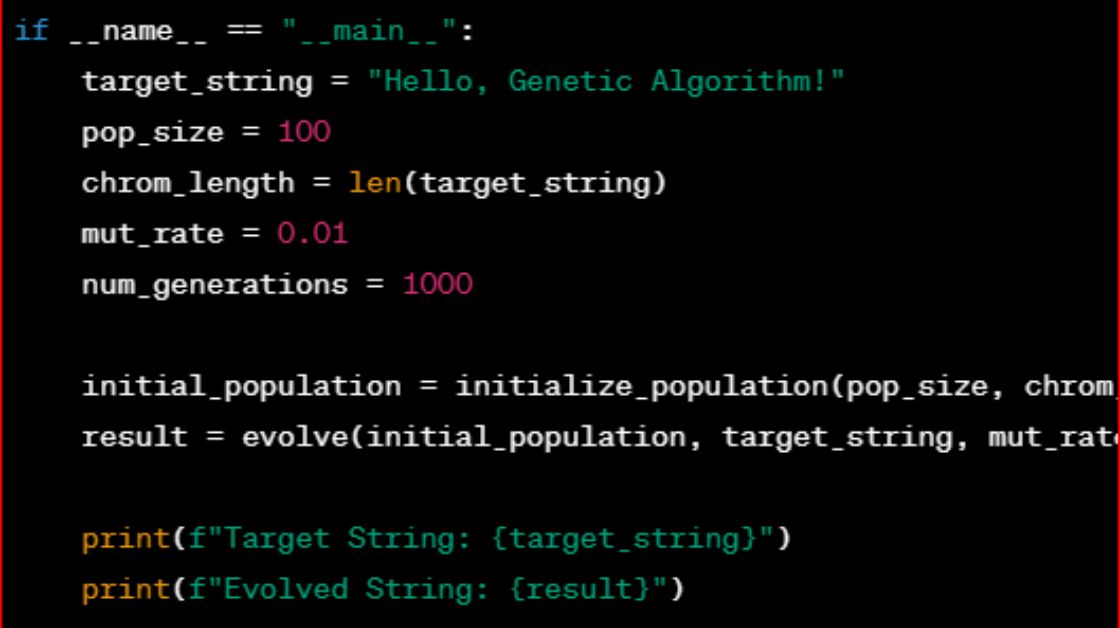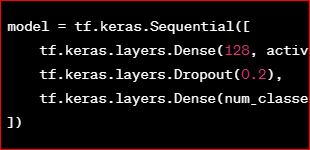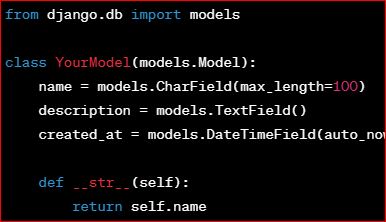Unleashing Evolution: Implementing a Genetic Algorithm in Python
Genetic algorithms, inspired by the principles of natural selection and genetics, are powerful optimization techniques widely used in various domains, from artificial intelligence to optimization problems. In this blog post, we’ll embark on a journey to implement a basic genetic algorithm in Python. This algorithm will evolve a population of solutions to find an optimal or near-optimal solution to a given problem.
Understanding Genetic Algorithms
At their core, genetic algorithms simulate the process of natural selection. Here’s a brief overview of the key components:
- Population: A group of candidate solutions to the problem.
- Chromosome: A representation of a solution, typically encoded as a string of genes.
- Gene: A variable or parameter of a solution.
- Fitness Function: A function that evaluates how well a solution performs.
- Selection: The process of choosing individuals from the population to be parents based on their fitness.
- Crossover: The process of combining the genes of two parents to create a new solution.
- Mutation: The process of randomly changing some genes in a solution.
Step 1: Initialize the Population
Let’s start by creating a population of individuals, each represented by a chromosome.
import random
def initialize_population(population_size, chromosome_length):
return [''.join(random.choice('01') for _ in range(chromosome_length)) for _ in range(population_size)]Step 2: Define the Fitness Function
Define a fitness function that evaluates how well a solution performs for the given problem. This function will guide the evolution process.
def fitness(chromosome, target):
return sum(1 for c1, c2 in zip(chromosome, target) if c1 == c2)Step 3: Selection
Implement a selection function to choose individuals from the population based on their fitness.
def selection(population, target):
return sorted(population, key=lambda x: fitness(x, target), reverse=True)[:len(population)//2]Step 4: Crossover
Create a crossover function to combine the genes of two parents and generate offspring.
def crossover(parent1, parent2):
crossover_point = random.randint(1, len(parent1) - 1)
child1 = parent1[:crossover_point] + parent2[crossover_point:]
child2 = parent2[:crossover_point] + parent1[crossover_point:]
return child1, child2Step 5: Mutation
Implement a mutation function to randomly change some genes in a solution.
def mutation(chromosome, mutation_rate):
return ''.join(
bit if random.random() > mutation_rate else random.choice('01')
for bit in chromosome
)Step 6: Evolution
Bring it all together to create an evolution function that iteratively applies selection, crossover, and mutation to evolve the population.
def evolve(population, target, mutation_rate, generations):
for _ in range(generations):
population = selection(population, target)
new_population = []
while len(new_population) < len(population):
parent1, parent2 = random.sample(population, 2)
child1, child2 = crossover(parent1, parent2)
new_population.extend([mutation(child1, mutation_rate), mutation(child2, mutation_rate)])
population = new_population
return max(population, key=lambda x: fitness(x, target))Step 7: Putting It All Together
Now, let’s apply our genetic algorithm to solve a simple problem, like finding a target string.
if __name__ == "__main__":
target_string = "Hello, Genetic Algorithm!"
pop_size = 100
chrom_length = len(target_string)
mut_rate = 0.01
num_generations = 1000
initial_population = initialize_population(pop_size, chrom_length)
result = evolve(initial_population, target_string, mut_rate, num_generations)
print(f"Target String: {target_string}")
print(f"Evolved String: {result}")Conclusion
Congratulations! You’ve implemented a basic genetic algorithm in Python. While this example tackles a simple problem, genetic algorithms are versatile and applicable to a wide range of optimization challenges. As you explore this fascinating field, consider adapting the algorithm for more complex problems, experimenting with different selection and mutation strategies, and incorporating it into your projects for optimization tasks. Happy evolving!




